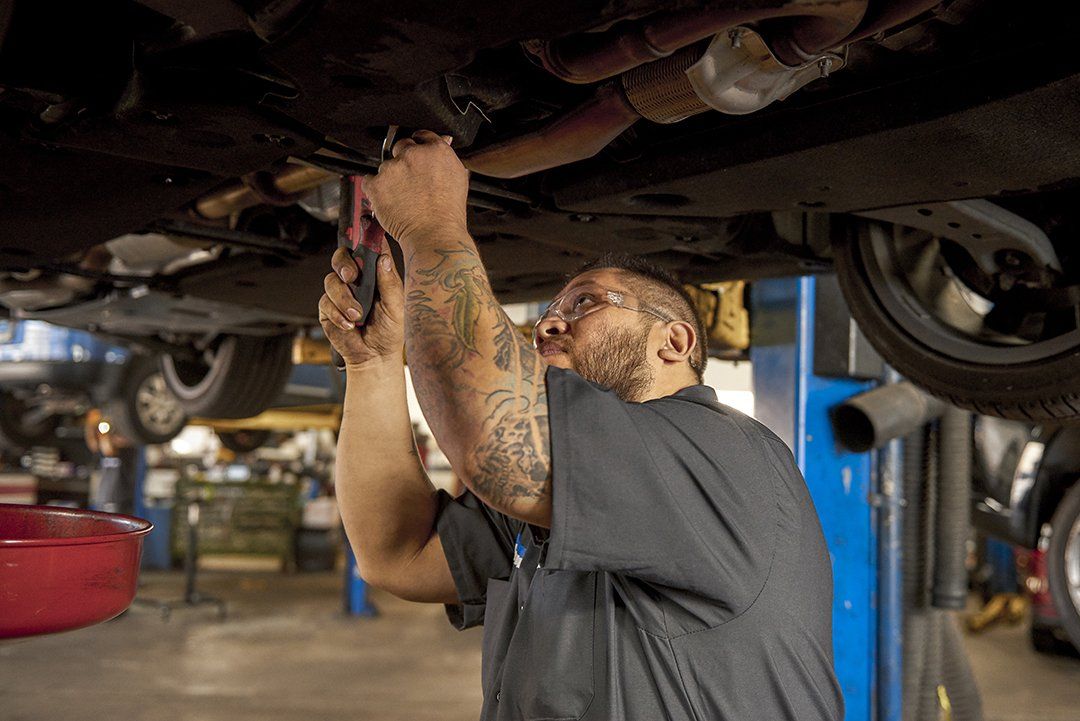Manual transmission systems, also recognized as hand-operated gearboxes or standard transmission, call for drivers to by hand select gears using an equipment stick and run a clutch pedal. This setup provides direct control over the lorry's power and speed, permitting for a much more engaged driving experience. The core components of a hands-on transmission include equipments, shafts, and synchronizers, which collaborate to send engine power to the wheels effectively.
In a normal handbook transmission, the chauffeur utilizes the clutch pedal to disengage the engine from the transmission, picks the preferred equipment using the equipment stick, and after that releases the clutch to re-engage the engine with the new equipment ratio. This process permits exact control over the lorry's efficiency, allowing motorists to optimize power delivery for numerous driving conditions. The straight mechanical link in manual transmissions usually results in far better gas efficiency and a more linked feel in between the driver and the lorry.

The drivetrain in automobiles with hands-on transmissions consists of numerous key parts:
•Clutch: Engages and disengages the engine from the transmission to permit equipment changes.
•Gearbox: Contains a collection of equipments that can be picked to adjust the automobile's rate and torque.
•Driveshaft: Sends power from the transmission to the differential.
•Differential: Disperses power to the drive wheels while permitting them to revolve at various speeds, especially throughout turns.

Recognizing these components is critical for appropriate automobile upkeep and operation, ensuring a smooth and receptive driving experience.
Check for more info at Logan Square Auto Repair - Automatic/Manual Transmission Systems Facebook Youtube Instagram
Navigation
Latest Posts
Friendly Lincoln - Premium Lincoln Deals, Exceptional Savings
Drive Environment-friendly, Go Far
Discover Used Cars for Less Than $35,000 at Bill Walsh Automotive